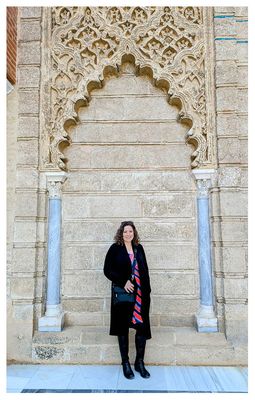
The Royal Alcázar - Courtyard of the Hunt |

The Royal Alcázar - King Pedro I's Palace |
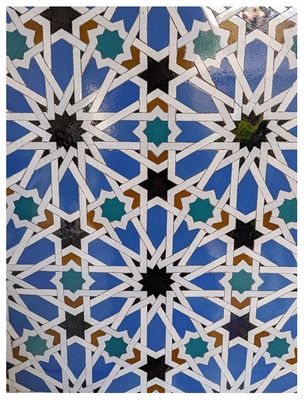
The Royal Alcázar - King Pedro I's Palace |
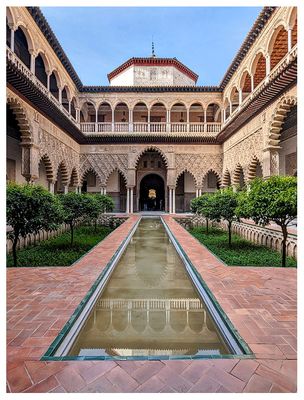
The Royal Alcázar - Courtyard of the Maidens |
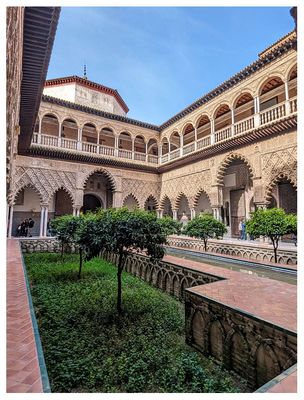
The Royal Alcázar - Courtyard of the Maidens |

The Royal Alcázar - King Pedro I's Palace |

The Royal Alcázar - Hall of Ambassadors |

The Royal Alcázar - Hall of Ambassadors |
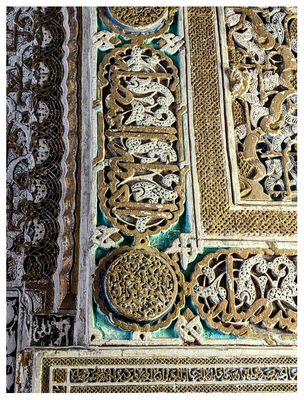
The Royal Alcázar - Hall of Ambassadors |
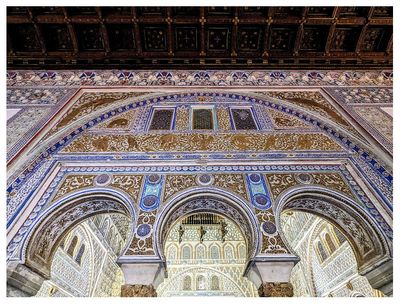
The Royal Alcázar - Hall of Ambassadors |
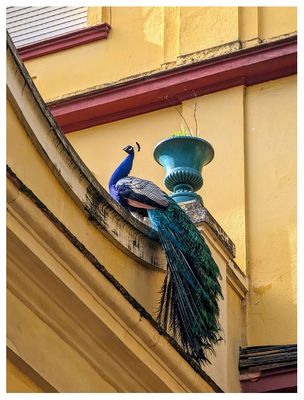
The Royal Alcázar - Jardín del Princípe peacock |
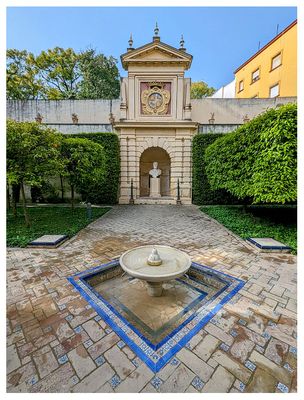
The Royal Alcázar - Jardín de las Flores |

The Royal Alcázar - Jardín de las Flores |
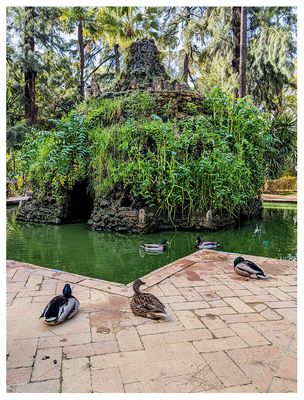
The Royal Alcázar - La Gruta de las Sultanas in Jardín de la Cruz |
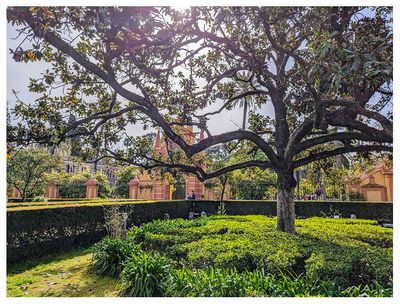
The Royal Alcázar - Jardín de las Damas |
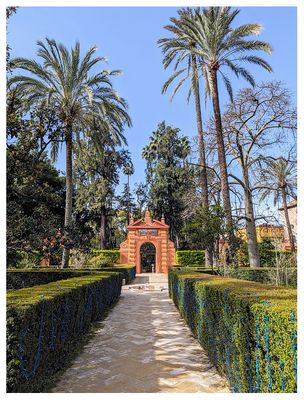
The Royal Alcázar - Jardín de las Damas |

The Royal Alcázar - Baños de Doña María de Padilla |
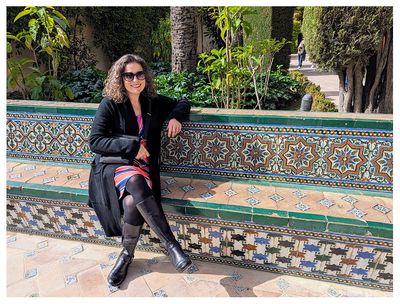
The Royal Alcázar - Jardín de la Danza |
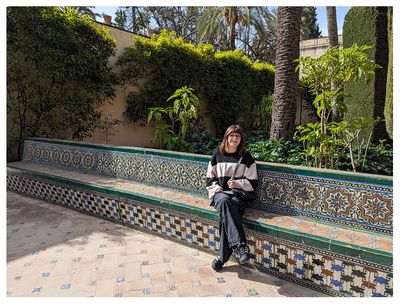
The Royal Alcázar - Jardín de la Danza |
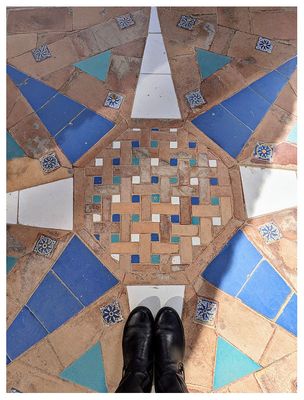
The Royal Alcázar - Jardín de la Danza |
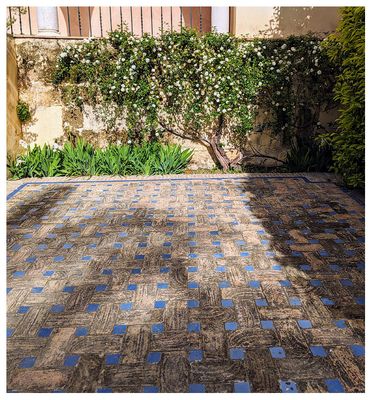
The Royal Alcázar - Jardín de Troya |
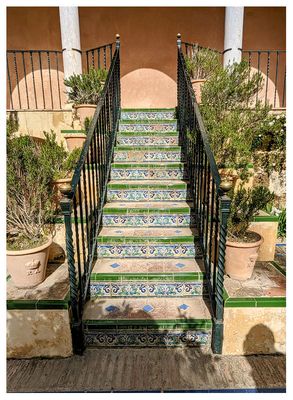
The Royal Alcázar - Jardín de Troya |
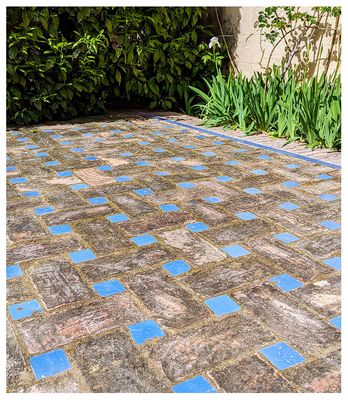
The Royal Alcázar - Jardín de Troya |
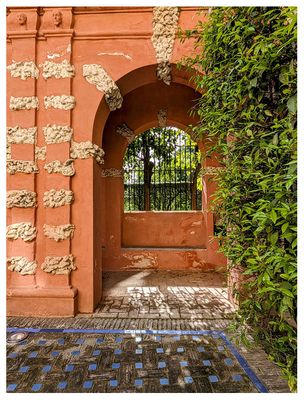
The Royal Alcázar - Jardín de Troya |
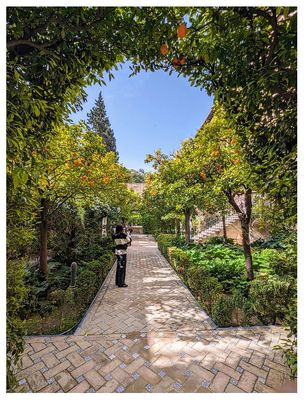
The Royal Alcázar - Jardín de la Galera |

The Royal Alcázar - Jardín de la Galera |
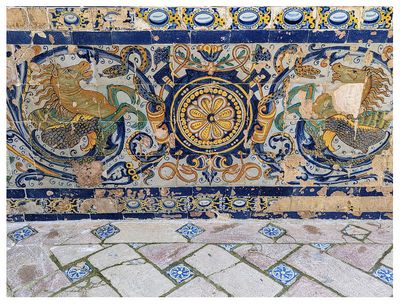
The Royal Alcázar - Jardín del Princípe |
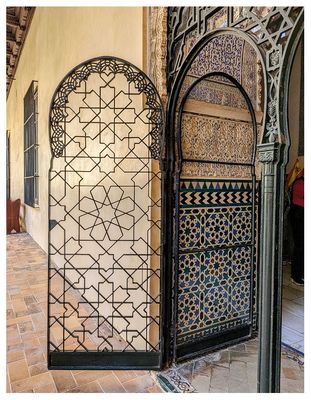
The Royal Alcázar |
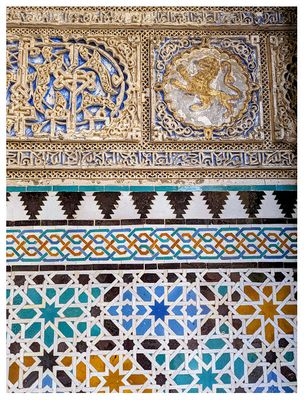
The Royal Alcázar |
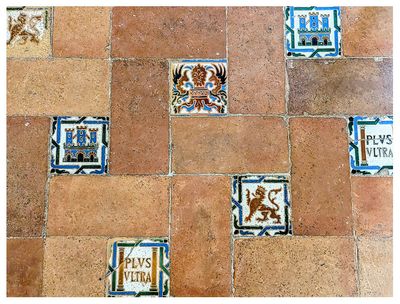
The Royal Alcázar |
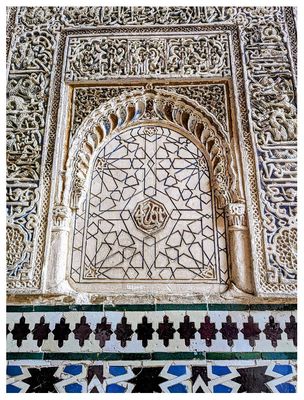
The Royal Alcázar |

The Royal Alcázar - The royal bedroom |

The Royal Alcázar - The royal bedroom |
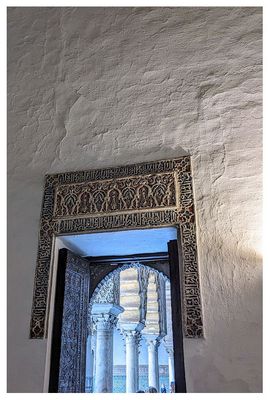
The Royal Alcázar |

The Royal Alcázar - Patio de las Muñecas |
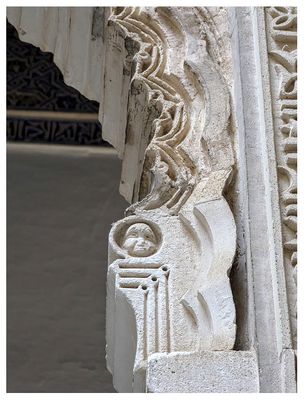
The Royal Alcázar - Patio de las Muñecas |

The Royal Alcázar - Patio de las Muñecas |
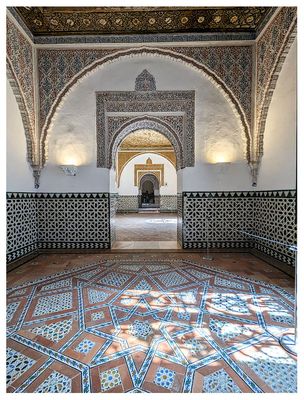
The Royal Alcázar - Sala de los Infantes |

The Royal Alcázar - Capilla del Palacio Gótico |
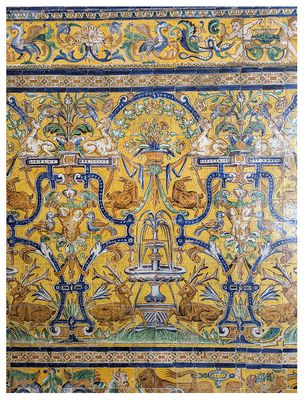
The Royal Alcázar - Capilla del Palacio Gótico |
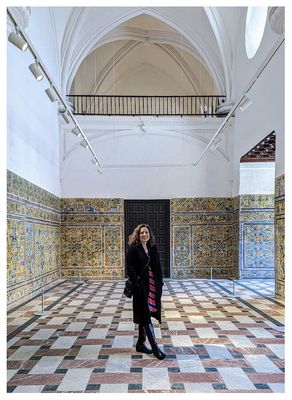
The Royal Alcázar - Palacio Gótico |
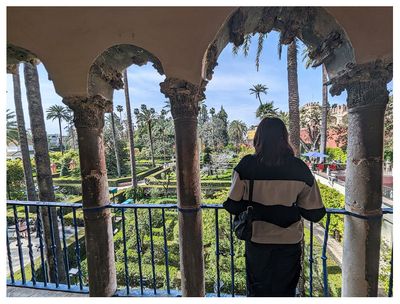
The Royal Alcázar - Galería de los Grutescos |

The Royal Alcázar gardens |
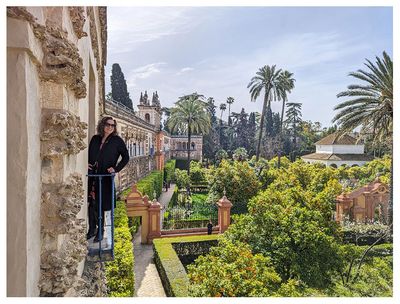
The Royal Alcázar - Galería de los Grutescos |
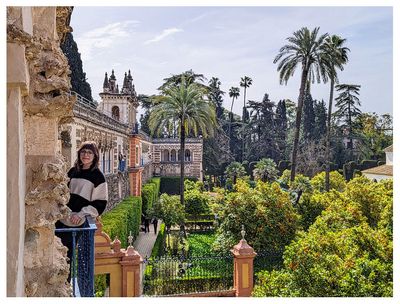
The Royal Alcázar - Galería de los Grutescos |

The Royal Alcázar - Galería de los Grutescos |

The Royal Alcázar gardens |

Parrot in the Royal Alcázar gardens |
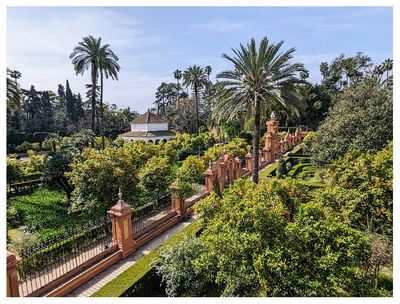
The Royal Alcázar gardens |
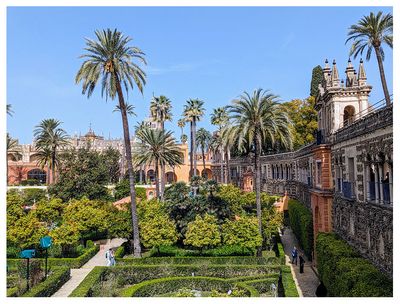
The Royal Alcázar gardens |
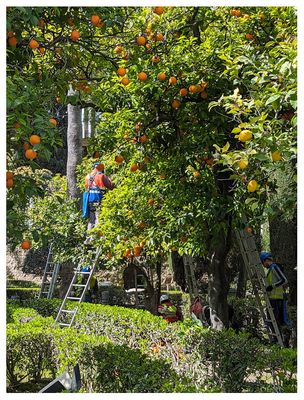
Harvesting oranges in the Royal Alcázar gardens |
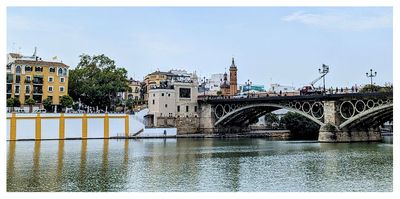
Puente de Isabel II |

The Guadalquivir River |
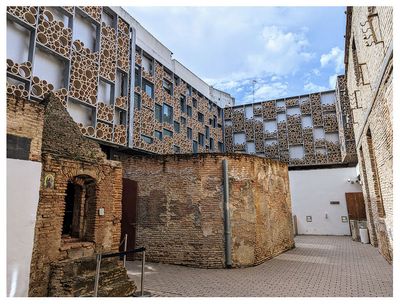
Centro Cerámica Triana courtyard |

Centro Cerámica Triana - celosía |
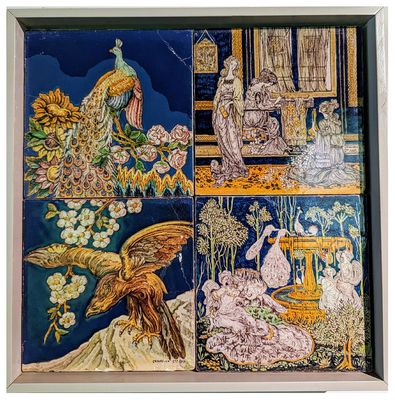
Centro Cerámica Triana |
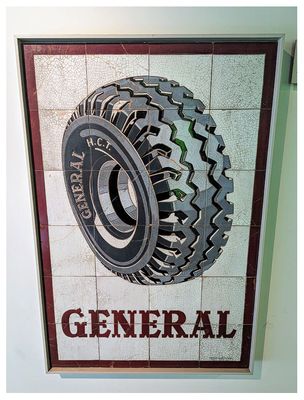
Centro Cerámica Triana |
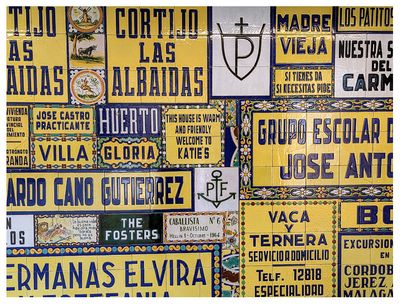
Centro Cerámica Triana |

Centro Cerámica Triana |
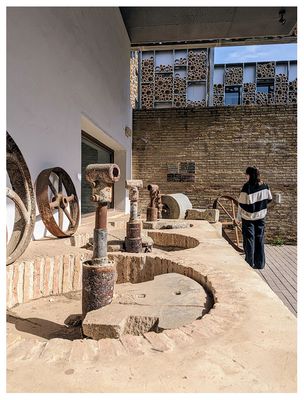
Centro Cerámica Triana - pigment mills |
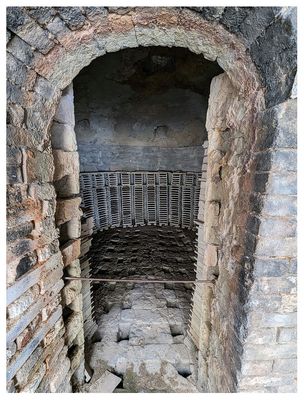
Centro Cerámica Triana - kiln |
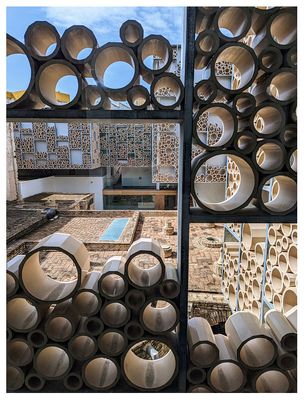
Centro Cerámica Triana - celosía |
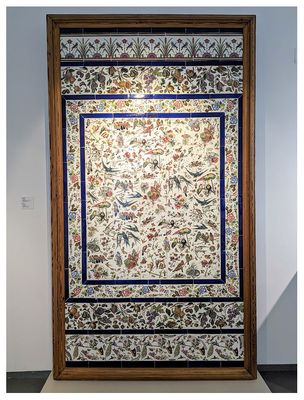
Centro Cerámica Triana |

Centro Cerámica Triana |
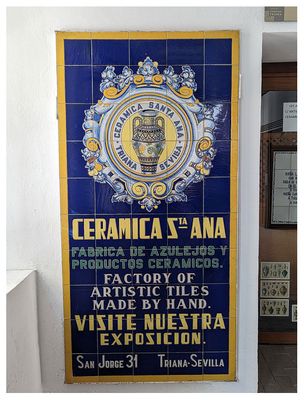
Centro Cerámica Triana |
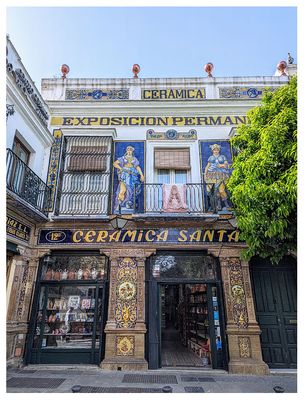
Cerámica Santa Ana |

Cerámica Santa Ana |
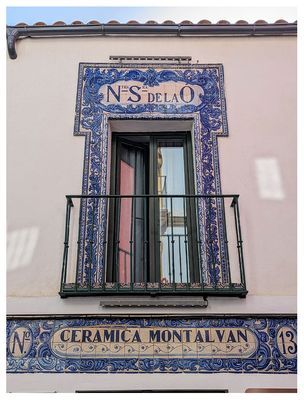
Triana tiles |
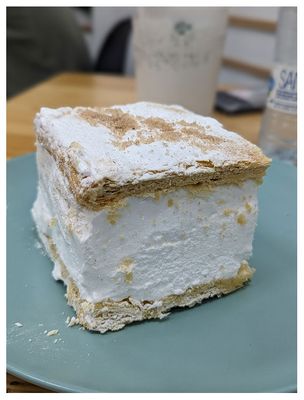
Meringue dessert |

Torre del Oro along the Guadalquivir River |

Torre del Oro |

Plaza de España |
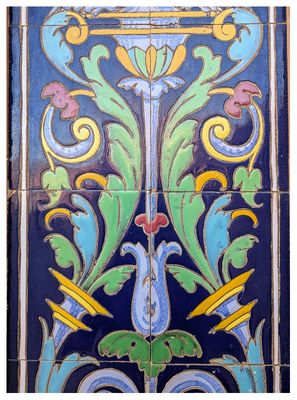
Plaza de España |
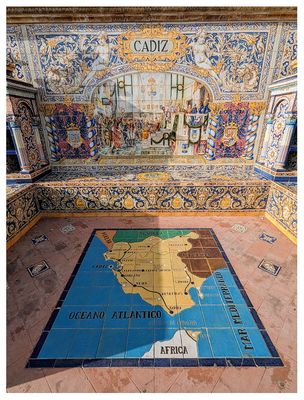
Plaza de España |

Plaza de España |
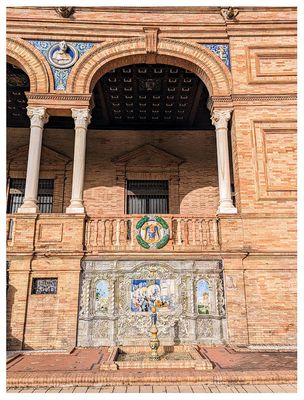
Plaza de España |
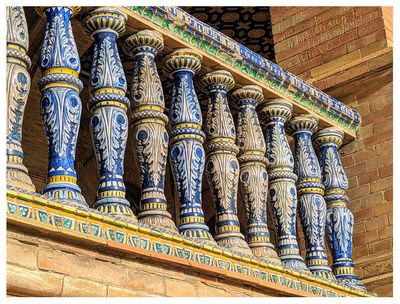
Plaza de España |
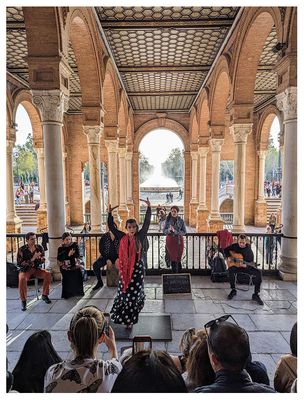
Plaza de España |
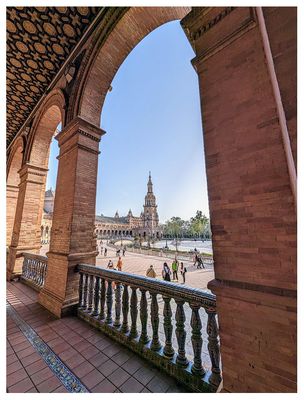
Plaza de España |
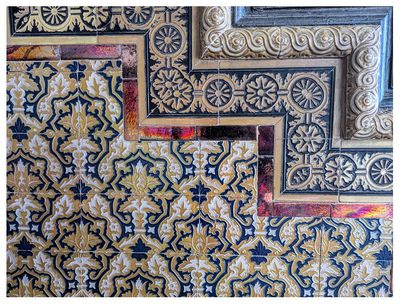
Plaza de España |

Plaza de España |
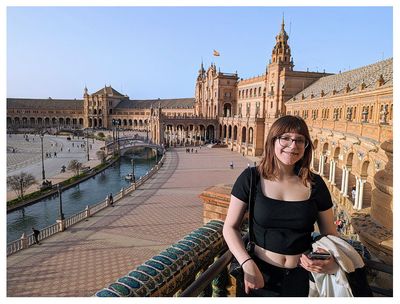
Plaza de España |
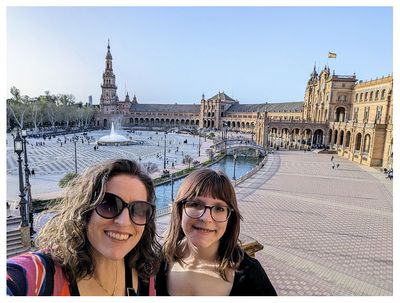
Plaza de España |
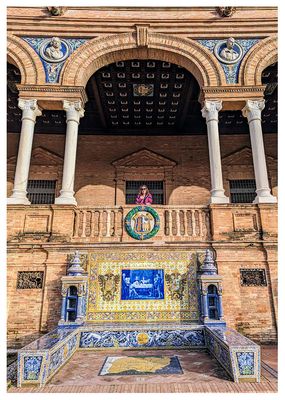
Plaza de España |

Plaza de España |
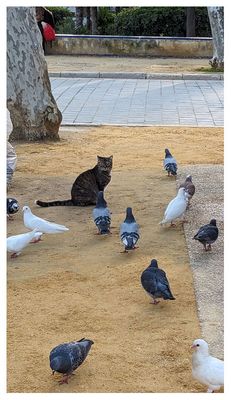
Plaza de España |
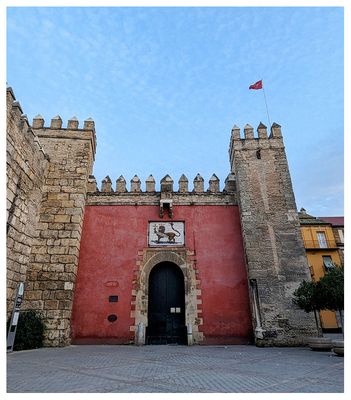
All quiet at Puerta del León at the Royal Alcázar |
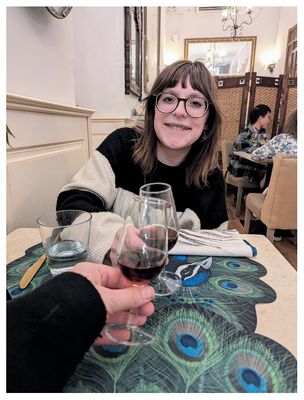
Complimentary after dinner wine - salud! |











